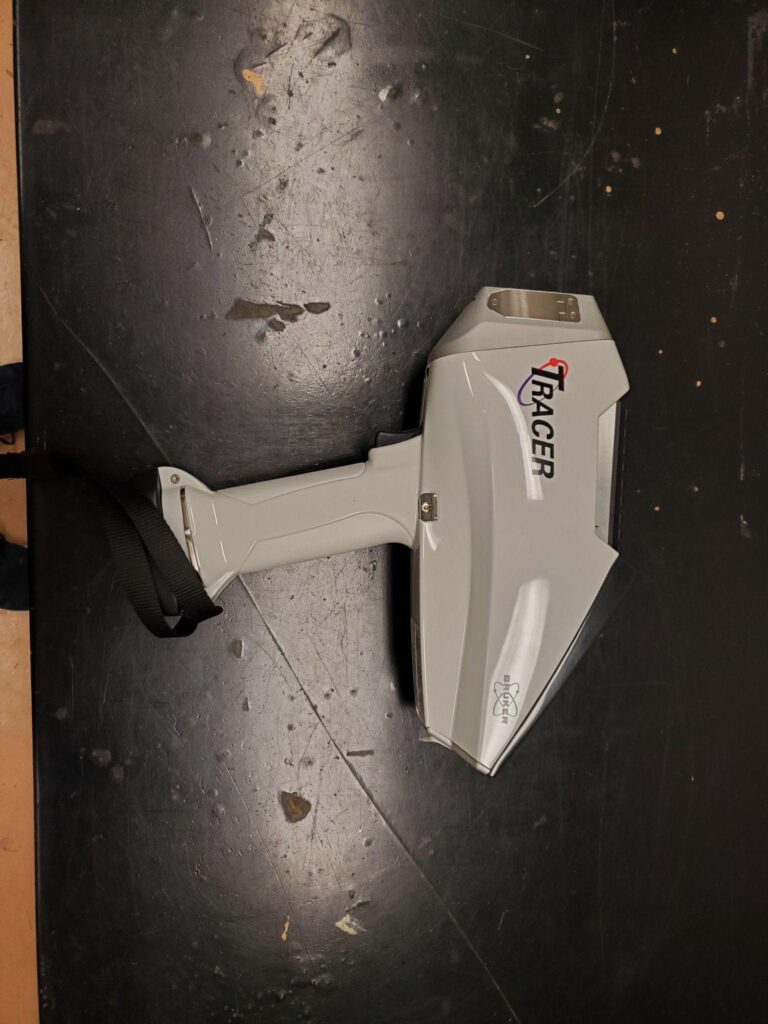Midwest Archaeological Center
Written By: Jeremy Perez
My name is Jeremy Perez, and this summer I am serving at the Midwest Archaeological Center (MWAC) as an Archaeology Lab Analysis Member. For my primary project, I will analyze over one hundred samples of pipestone – a type of rock which many Native American groups carved smoking pipes out of, and still do today! – using a portable X-Ray Fluorescence (pXRF) analyzer.
Many of these Native peoples considered pipes, tobacco, and even the act of quarrying pipestone to be of high importance to their cultures and beliefs. The Pipestone National Monument near Pipestone, Minnesota, is considered a sacred place to a number of native peoples, many of which had traveled long distances to ceremonially quarry the rock for the creation of pipestone, or had traded for the stone over long distances. This national monument is where my samples have been taken from.
We can see that Pipestone from the Pipestone National Monument was very significant in the lives of many Native groups, but to what extent? By analyzing the Pipestone samples using pXRF, I can see exactly what elements are present in each sample, and roughly how much of an element compared to the others. When I can see what elements are in each sample, I can form a baseline elemental profile of the Pipestone at Pipestone National Monument – and this is exactly the goal of the project! Once we know the elemental composition of Pipestone from the National Monument, then, in the future, other archaeologists can analyze newly-excavated Pipestone using pXRF, and see if the elemental profile of the artifact matches the profile of Pipestone National Monument – this way, we can know if any given pipestone artifact was made from Pipestone from the National Monument!

This is what my pXRF analyzer looks like.

This is the metal housing that I put my samples inside to analyze. I can operate the analyzer remotely from my computer.

This is what Pipestone looks like. It is fine-grained, quite dense, and has a beautiful red-brown color.

I recently got the opportunity to represent the Midwest Archaeological Center at Archaeology day. I set up a table with some different information pamphlets and materials, as well as some Junior Ranger Program booklets and a certificate and badge! I talked to a number of Archaeology students about what MWAC is, what we do, and why we do it.
Currently, I am facing problems connecting the analyzer to my computer, and this has been quite frustrating. I have been working close with our IT Person, the technical support person from the pXRF manufacturer, and my supervisor to come up with solutions to solve the problem and continue with the project. This situation has taught me to think critically about technical issues, and work together to brainstorm ideas, and also determine who could offer help. Through it all, I am remaining optimistic and am sure that the project can continue like normal very soon!
